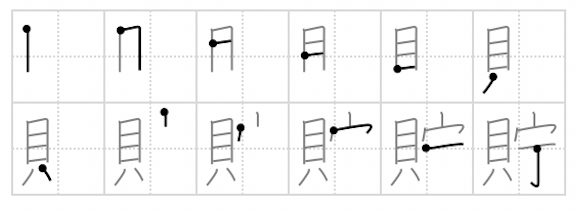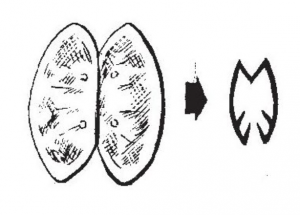Free

- 361 lessons
- 0 quizzes
- 99999 week duration
-
Previous Levels
-
Level 57
-
Level 58
-
Level 59
-
Level 60
-
Level 61
-
Level 62
-
Level 63
-
Level 64
-
Level 65
-
Level 66
-
Level 67
-
Level 68
-
Level 69
-
Level 70
-
Level 71
-
Level 72
-
Level 73
-
Level 74
-
Level 75
-
Level 76
-
Level 77
-
Level 78
-
Level 79
-
Level 80
-
Level 81
-
Level 82
-
Level 83
-
Level 84
-
Level 85
-
Level 86
-
Level 87
-
Level 88
-
Level 89
-
Level 90
-
Level 91
-
Level 92
-
Level 93
-
Level 94
-
Level 95
-
Level 96
-
Level 97
-
Level 98
-
Level 99
-
Level 100
-
Level 101
-
Level 102
-
Level 103
-
Level 104
-
Level 105
-
Level 106
-
Level 107
-
Level 108
-
Level 109
-
Level 110
-
Level 111
-
Level 112
-
Level 113
-
Level 114
-
Level 115
-
Level 116
-
Level 117
-
Level 118
-
Level 119
-
Level 120
-
Level 121
-
Level 122
-
Level 123
-
Level 124
-
Level 125
-
Level 126
-
Level 127
-
Level 128
N3 Kanji 317: 貯
Meaning:

In Japanese, 貯 means “to save”.
How to read it:
| Kunyomi | た |
| Onyomi | ちょ |
How to write it:

Origin:

It’s hard to remember this kanji by its origin.
However, I will think of a way to help you.
| So you can remember it by the kanji 貝, which means shellfish. You can see the shellfish here. It’s the currency long time ago. So you want to save it. Note: Below is the origin and development of kanji 貝, which means shellfish. |

Development:

Vocabulary:
| Level | Word | Reading | Meaning |
|---|---|---|---|
| Adv | 貯金 | ちょきん | savings |
| Adv | 貯蓄 | ちょちく | savings |
| Adv | 貯める | ためる | to save |
| Adv | 貯蔵 | ちょぞう | storage |
| H_Adv | 貯まる | たまる | be saved |
| S_Adv | 貯水 | ちょすい | water storage |
| Others | 預貯金 | よちょきん | savings |
| Others | 貯留 | ちょりゅう | storage |
Prev
N3 Kanji 316: 貨
Next
N3 Kanji 318: 費